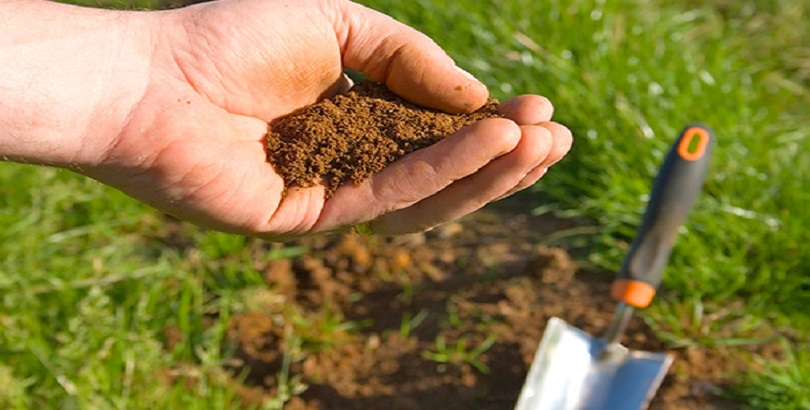Soil Testing
Submit Query
Soil Testing
The purpose of soil testing in high-yield farming is to determine the relative ability of a soil to supply crop nutrients during a particular growing season, to determine lime needs, and for diagnosing problems such as excessive salinity or alkalinity. Soil testing is also used to guide nutrient management decisions related to manure and sludge application with the objective of maximizing economic/agronomic benefits while minimizing the potential for negative impacts on water quality.
Sampling
The soil testing program starts with the collection of a soil sample from a field. The first basic principle of soil testing is that a field can be sampled in such a way that chemical analysis of the soil sample will accurately reflect the field’s true nutrient status. This does not mean that all of the samples must, or will, show the same test results, but rather that the results must reflect true variations within the field. Remember that the soil test recommendations for lime and fertilizer can never be more accurate than the accuracy of soil sampling.
Extraction and Chemical Analysis
Once the soil samples have been collected and prepared, the level of available nutrients in each sample must be determined. Many chemical methods have been suggested and are being used for the measurement of essential plant nutrients. The criteria for chemical extracting and analysis of plant nutrients are that those processes must be rapid, accurate and reliable.
Most chemical extracting methods allow the extracting solution, which may consist of water, alkali, weak or strong acid or combinations of these chemicals, to react with the soil sample in a relatively short time. The sample is then filtered and the solution analyzed for the available nutrients.
Soil Test Parameters
In addition to extracting solutions, several other parameters of each soil test are important in determining the final number that is printed on a soil report for any one soil sample. These parameters include:
- Ratio of soil to extractant
- Shaking time, action and speed
- Method of expressing the results (e.g., lb/acre, ppm, index systems)
- “Cut-off” levels for high test results
- Overall techniques used in the lab


The extractants containing the dissolved plant nutrients are analyzed to determine the concentration of the plant nutrient(s). Results are usually reported as parts per million (ppm), or pounds per acre (lb/acre). For most nutrients, ppm may be converted to lb/acre by multiplying by two (40 ppm of potassium = 80 lb/acre). For nitrate, sulfate and chloride, essentially all the nutrient forms present in the soil are extracted, and depth increments, other than the standard 6- to 7-inch surface layer, are sampled. For these measurements, ppm is converted to lb/acre by the following formula: lb/acre = ppm x 0.3 x depth increment in inches. For example, a 10 ppm nitrate N test on a soil sample taken to a 24 inch depth would convert to 72 lb/acre (10 ppm x 0.3 x 24 inches). In this case, 72 lb/acre of nitrate nitrogen were present in the top 24 inches of the soil sampled. Extracting available plant nutrients helps give an educated estimate as to the amounts of plant nutrients that will be available to a particular crop during the growing season. The amount of plant nutrients extracted will depend on the strength of the extracting solution and various other parameters. Soil test values are a relative number and should be interpreted as low, medium or high for a particular nutrient.
